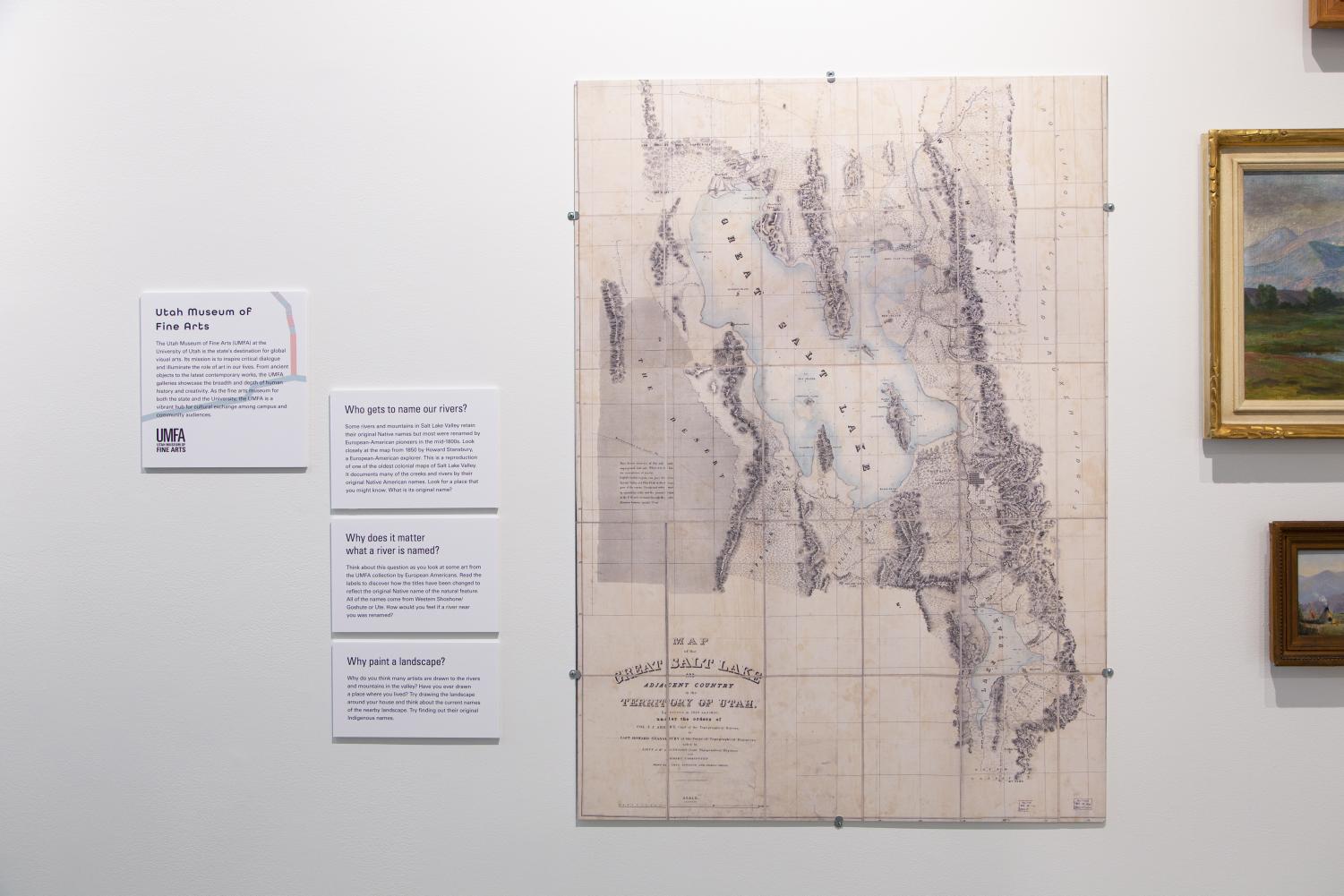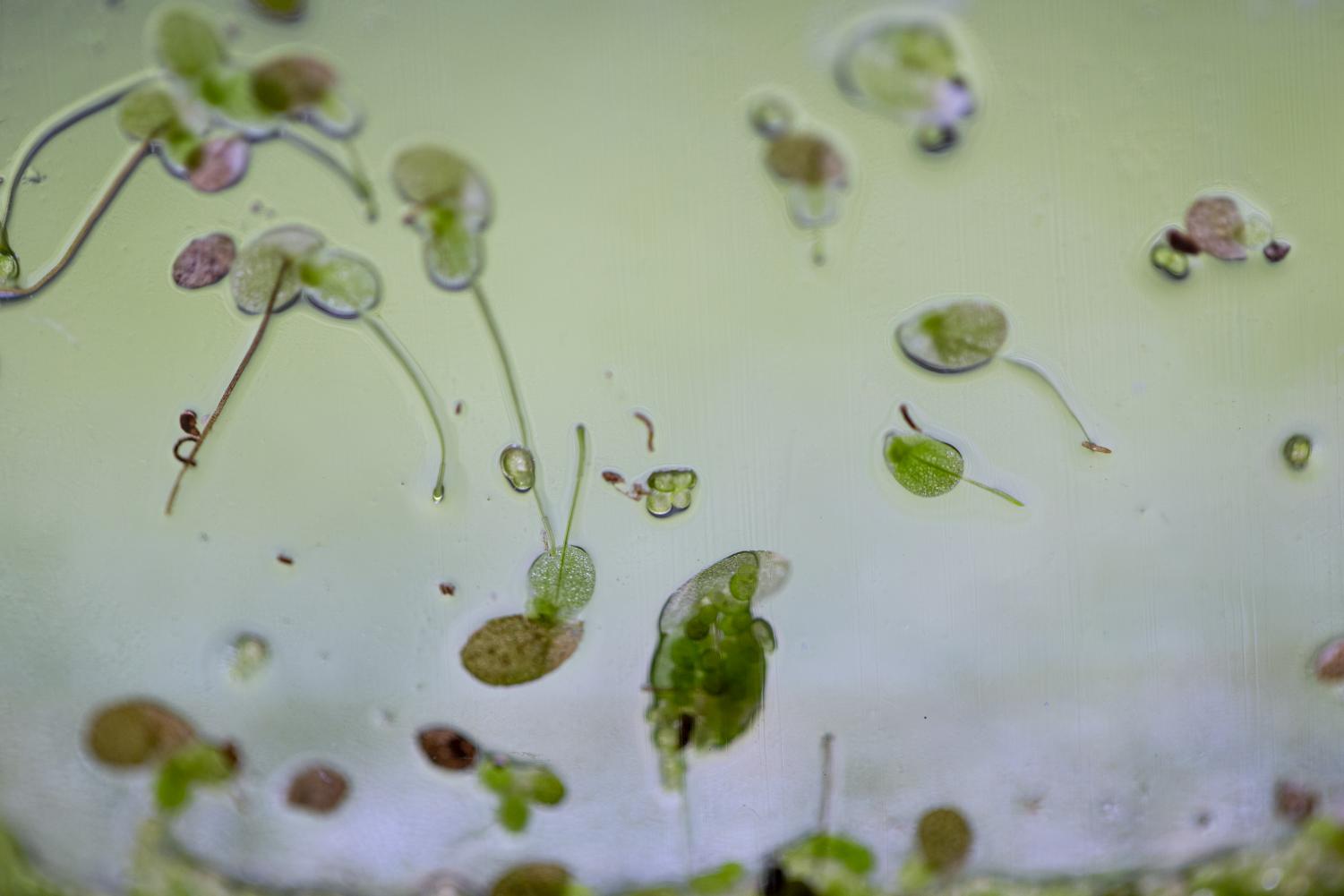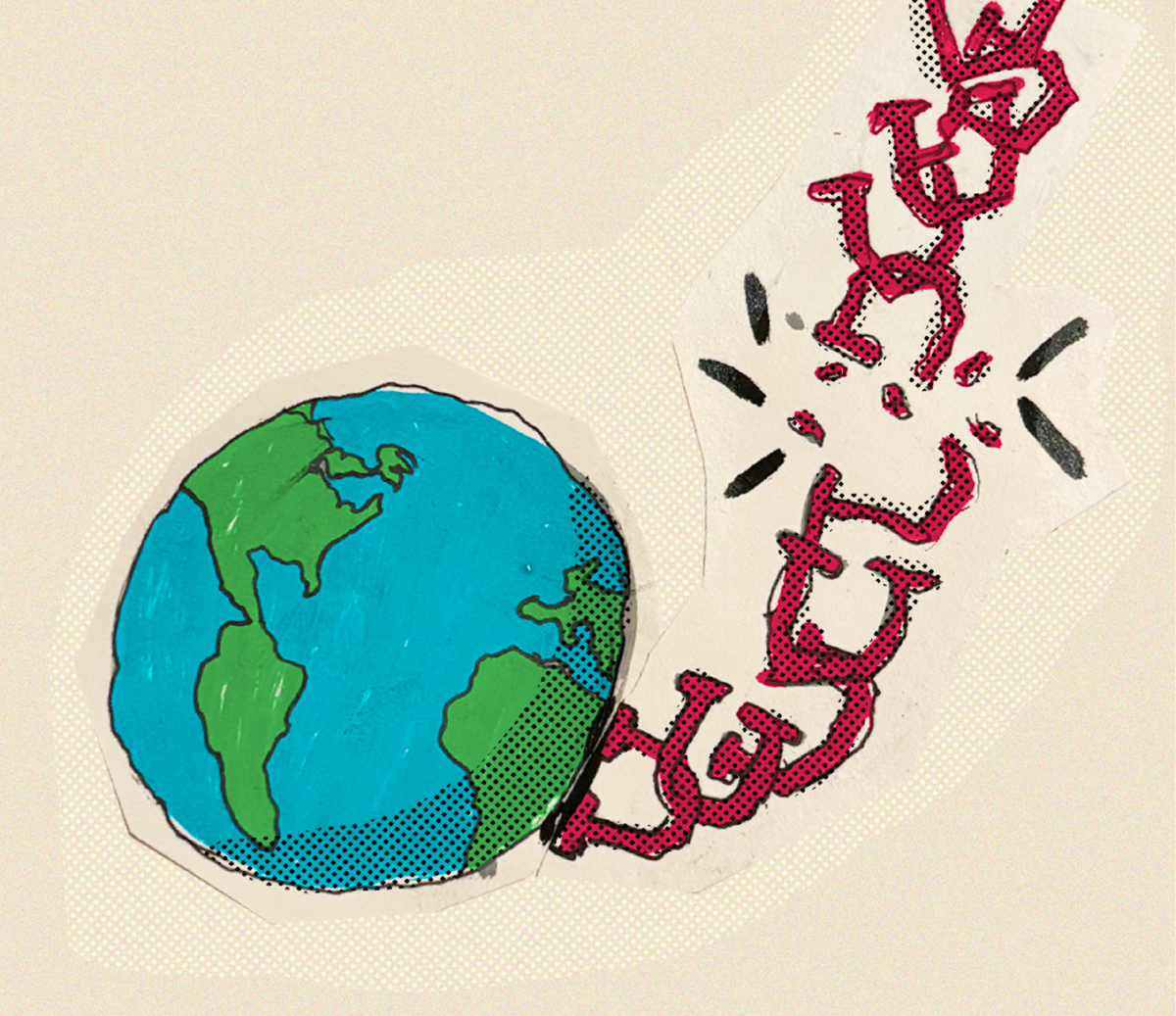New UMFA Exhibit ‘Confluence’ Looks at Utah’s Relationship to Water
July 22, 2021
The Utah Museum of Fine Arts has created a new exhibit centered around water and our relationship to it. “Confluence” uses the experiences of several Utah organizations and Ute spiritual leader Larry Cesspooch to encourage mindful analysis of the ways that water impacts our lives.
The exhibit is presented in the UMFA’s ACME Lab, a space designed to host exhibitions involving community engagement and experimental art. The exhibit opened in February and will remain on display until Dec. 4, allowing patrons to reflect on their connections to water throughout the seasons or revisit the exhibit to prompt additional reflections.
“Confluence”

The exhibit opens with Cesspooch’s video explaining the significance of water in his culture. It features tools used to collect water, and clay figurines depicting trees, rocks and man. He prompts viewers to consider their own cultural connection to water as they continue through the exhibit.
With cultural connections to water in mind, patrons progress to saltfront — a literary magazine that discusses pollution and water through creative writing and expression. This section of the exhibit provides resources on how pollution affects Utah’s rivers, and showcases some poetry from previous saltfront publications.
Seven Canyons Trust contributed to the floor of the exhibit, which is covered in a map of water sources throughout the state, and showcases a series of creeks covered in red. These are creeks that haven’t been daylighted. Daylighting refers to opening creeks up and returning them to natural conditions.
The Natural History Museum of Utah encourages patrons to become citizen scientists and interact with the wildlife that lives all around them in this diverse landscape, while learning about the species that thrive in Utah and how to better care for the space that the animals call home.
The UMFA also contributed a series of artworks depicting water sources and natural landscapes from Utah and other regions. The mountains and water sources have been given their original Native American names.
A set of water samples from The Great Salt Lake provided by the Great Salt Lake Institute showcases how different sections of the lake are unique parts of a large ecosystem. The exhibit addresses whether or not the lake is dead or vibrant, and asks viewers to form their own conclusions.
Working With Water

“Confluence” reminds us to focus on and be mindful of our personal and communal relationships to water in our everyday lives. The exhibit comes at an opportune time when our state is in a severe drought, and the conscious consumption of water is more important than ever.
Seeing poetry inspired by water and learning about its cultural significance were my favorite parts of the exhibit. I thought about my own connection to water and the ways that it influences my own art and everyday life.
Exhibits that provoke thought and positive action while bringing our awareness to natural causes are revolutionizing what art can be. The ACME Lab and UMFA have laid the groundwork for Utahns to begin thinking about the intersections of art, science and the environment.
Tickets to “Confluence” are no longer required for admission but are encouraged to help support the museum. U students and faculty can take advantage of free entry with their UCard.








